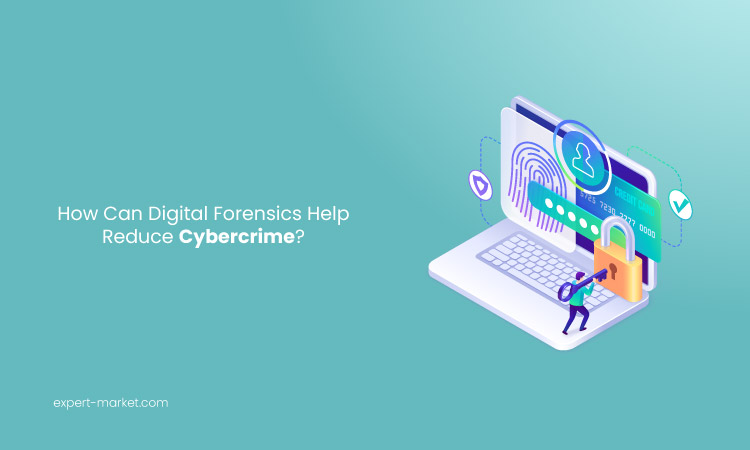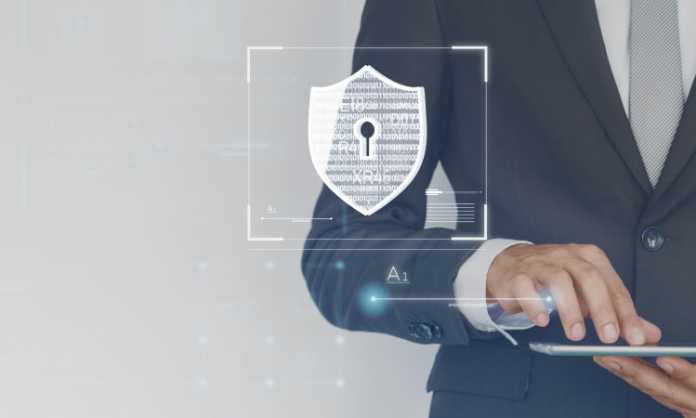After 2020, most of the businesses that had not paid attention to their online presence quickly understood the need to invest in digital transformation. Statisticians have projected the total number of internet users to clock 5 billion worldwide by 2023, which shows us the fast-paced growth of technologies that can enable businesses to strengthen their presence online.
Today, we can find every small vendor online, as well as multinational corporations, using the help of modern applications and tools. However, such accelerated growth also means that the rates and instances of cybercrimes may increase in a continuum.
With the widespread use of the internet in every aspect of our lives comes the need for enhanced security. To mitigate the occurrences of technology-based crimes, frauds, and phishing scams, the digital forensics industry provides a substantial contribution to all sectors, especially cybersecurity and law enforcement. This blog will explore the ways digital forensics can help us create a safer internet for businesses and private citizens.

1. Track and detect online activity:
Cybercrime like identity theft, bullying, and sexual harassment are at an all-time high today, considering that everyone with a smartphone has an internet connection and social media accounts. Several agencies and individuals are responsible for the creation of bot accounts, which are notorious for their spam-based behaviour.
Apart from spam bots, there are many incidences where fake accounts are created to impersonate or defame another person. Digital Forensics is the branch that can help to detect evidence against such complaints. The use of a digital forensics tool becomes imperative, especially when a suspect is apprehended and their device needs to be checked. It can also help track and detect online activity to such accounts.
2. Collect evidence
One of the biggest roadblocks to criminal justice in online cases is the deletion of digital evidence across multiple trails. However, the use of digital forensics tools can mitigate that by restoring and recovering deleted data, messages, media, third-party app details, and cached memory.
One of the greatest advantages is that digital forensics experts can create a digital replica of any device and find the evidence necessary without contaminating the original evidence, which is a significant contribution to law enforcement.
3. Connect missing pieces of a case
Very often we see cybercrime cases going cold due to missing parts in the procurement and compiling of incriminating evidence. Here, the role of digital forensics professionals is highly critical, since such cases are time-bound and need quick action. Extract digital trails and bits of data scattered across multiple devices to form coherent and convincing evidence in defence or against the convicted.
4. Use geo-tracking effectively
Many cases of abductions, missing people, human trafficking, and other unspeakable crimes take place all over the world. As technology is becoming more sophisticated, so are organized crimes. Many of these have digital interactions recorded then deleted. However, ethical hackers and digital forensics can work in tandem to track such culprits and bring them to justice swiftly.
Wrapping Up:
Digital forensics is quickly becoming one of the biggest contributors to the resolution of cybercrimes and technologically aided crimes. We hope that this blog inspires you to read more about this branch of technology.



























